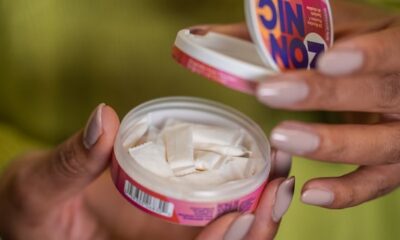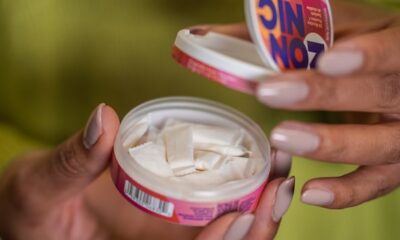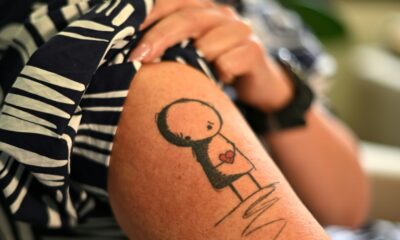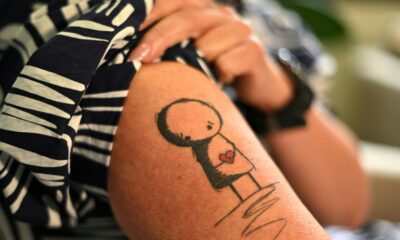Science
Viral Sleepmaxxing Craze Promotes Risky Routines for Better Rest
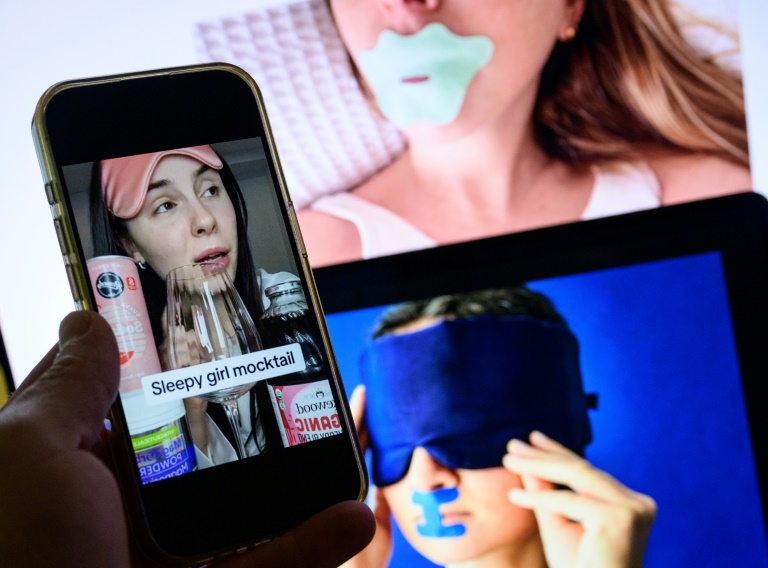
A rising trend on social media known as “sleepmaxxing” is promoting extreme bedtime routines that claim to enhance sleep quality, despite limited medical evidence and potential safety risks. Influencers on platforms like TikTok and X (formerly Twitter) are advocating for unconventional practices, including mouth taping and rope-assisted neck swinging, to achieve what they describe as perfect sleep. This phenomenon has generated tens of millions of posts, showcasing the ability of social media to normalize unproven health practices, particularly as content moderation becomes less stringent.
The trend includes various techniques, one of which involves individuals hanging by their necks and swinging in the air, purportedly to cure insomnia. A widely viewed clip on X, with over 11 million views, features users claiming significant improvements in their sleep problems. However, experts are alarmed by such practices. According to Timothy Caulfield, a misinformation expert from the University of Alberta, these techniques are “ridiculous, potentially harmful, and evidence-free.” Reports from Chinese state broadcasters have linked a similar neck-swinging routine to at least one fatality last year, underscoring the dangers associated with sleepmaxxing.
Another controversial practice involves taping the mouth shut during sleep, which some influencers suggest encourages nasal breathing and offers various health benefits, including reduced snoring. Yet, a report from George Washington University found that most of these claims lack robust medical backing. Health professionals caution that mouth taping could pose serious risks, particularly for individuals suffering from sleep apnea, a disorder that impairs breathing during sleep.
Concerns Over the Impact of Sleepmaxxing
The rise of sleepmaxxing raises concerns about its potential to exacerbate existing sleep issues. Kathryn Pinkham, a UK-based insomnia specialist, expressed apprehension that the advice circulating on platforms like TikTok could be harmful, particularly for those with chronic insomnia. She noted, “While some of these tips might be harmless for people who generally sleep well, they can increase pressure and anxiety for those dealing with real sleep issues.”
Experts also highlight a phenomenon known as orthosomnia, which is characterized by an obsessive preoccupation with achieving perfect sleep. Eric Zhou of Harvard Medical School stated, “The pressure to get perfect sleep is embedded in the sleepmaxxing culture.” He emphasized that while striving for restful sleep is commendable, setting unrealistic perfectionist goals can be counterproductive. Pinkham echoed this sentiment, explaining that the anxiety to fix sleep often makes it harder to achieve.
The Intersection of Appearance and Health
Many posts associated with sleepmaxxing also emphasize physical appearance rather than health benefits, reflecting a connection to another online trend known as “looksmaxxing.” This trend promotes unproven techniques aimed at enhancing sexual appeal. Some sleepmaxxing influencers are capitalizing on the trend’s popularity by marketing products like mouth tapes, sleep-enhancing powders, and “sleepmax gummies” containing melatonin. Such practices may violate legal norms in certain countries, including the UK, where melatonin is available only via prescription.
The American Academy of Sleep Medicine has advised against using melatonin to treat insomnia in adults, citing inconsistent medical evidence regarding its effectiveness. Additionally, some medical experts caution about the placebo effect, where individuals report genuine improvement after taking ineffective treatments due to their beliefs. Pinkham warned, “Many of these tips come from non-experts and aren’t grounded in clinical evidence,” and for people with genuine sleep issues, such advice often adds pressure rather than relief.
The growing phenomenon of sleepmaxxing illustrates the powerful influence of social media in shaping wellness trends, often without a solid foundation in scientific research. As this trend continues to evolve, it remains crucial for individuals to approach these practices with skepticism and seek guidance from qualified health professionals.
-

 Politics4 weeks ago
Politics4 weeks agoSecwepemc First Nation Seeks Aboriginal Title Over Kamloops Area
-

 World5 months ago
World5 months agoScientists Unearth Ancient Antarctic Ice to Unlock Climate Secrets
-

 Entertainment5 months ago
Entertainment5 months agoTrump and McCormick to Announce $70 Billion Energy Investments
-

 Science5 months ago
Science5 months agoFour Astronauts Return to Earth After International Space Station Mission
-

 Lifestyle5 months ago
Lifestyle5 months agoTransLink Launches Food Truck Program to Boost Revenue in Vancouver
-

 Technology3 months ago
Technology3 months agoApple Notes Enhances Functionality with Markdown Support in macOS 26
-

 Lifestyle3 months ago
Lifestyle3 months agoManitoba’s Burger Champion Shines Again Amid Dining Innovations
-

 Top Stories2 months ago
Top Stories2 months agoUrgent Update: Fatal Crash on Highway 99 Claims Life of Pitt Meadows Man
-

 Politics4 months ago
Politics4 months agoUkrainian Tennis Star Elina Svitolina Faces Death Threats Online
-

 Sports5 months ago
Sports5 months agoSearch Underway for Missing Hunter Amid Hokkaido Bear Emergency
-

 Politics5 months ago
Politics5 months agoCarney Engages First Nations Leaders at Development Law Summit
-

 Technology5 months ago
Technology5 months agoFrosthaven Launches Early Access on July 31, 2025

